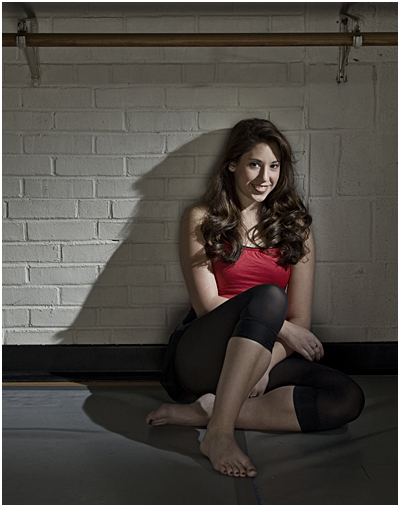 Do you dabble in stock photography? Maybe, say, a little microstock photography?
Do you dabble in stock photography? Maybe, say, a little microstock photography? If you do, this is the guy you are up against.
To say Yuri Arcurs has the game figured out would be a bit of an understatement. He sells nearly 2,000 images a day, 24/7/365.
Hit the jump for a video tour of his insane, made-for-micro studio, and a look at his lighting techniques.
__________
Made for Micro
I have to admit that when I first started watching this I thought it was one of those parody videos. But then I realized that Yuri (a nom de photo used by Jacob Wackerhausen) has basically beaten the microstock equivalent of the Kobayashi Maru by creating an entire facility based around the needs of microstock.
Insanity? Genius? Maybe a little bit of both:
(If you are reading this via email or RSS, you may have to click on the post title to see the vids.)
This being a lighting blog we are not gonna let you out the door without at least a little lighting tute. Yuri has everything down to a science, and his lighting reflects a quest for repeatable, predictable quality -- designed to make those warm, happy photos that make a microstock purchaser dig deep down into the couch cushions and cough up 40 cents to seal the deal. Over and over again.
(The lighting info starts at the 2:56 mark.)
You can see more about Yuri at his website, and you can also follow him on Twitter.
__________
[UPDATE, via Anders C., in the comments:]
For those who wonder about his studio: Back in January a Danish photography magazine arranged an interview with Yuri in his daylight studio (as opposed to his business office).
After driving around for a while the journalist had to call Yuri and tell him that he simply couldn't find the studio in the area where it was supposed to be - all he could find was a lot of very large, industrial greenhouses outside the city. After a few seconds with Yuri on the phone, one of these large greenhouses started flashing!
And that, ladies and gentlemen, is how you create a bloody large daylight studio: An industrial greenhouse combined with loads and loads of white, semi-translucent material.
Indeed.





















